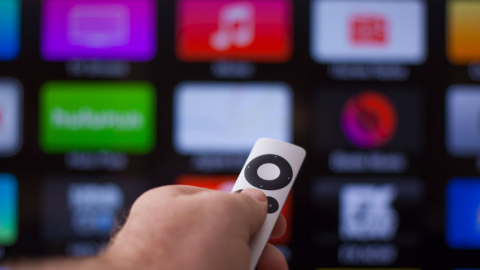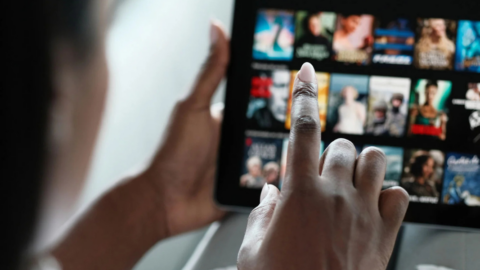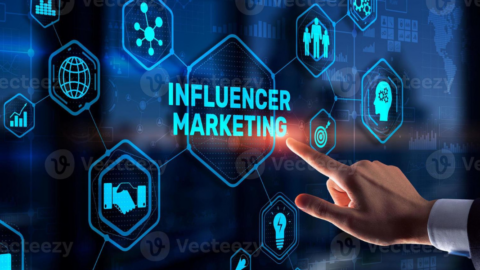Cracking the Code: Measuring In-Store Sales Lift from Influencer Marketing
In the ever-evolving landscape of digital marketing, one challenge has persistently eluded brands and agencies alike: How do we accurately measure the impact of influencer marketing on in-store sales? With no digital breadcrumbs to follow, attributing brick-and-mortar purchases to organic online influencer campaigns has been the elusive ‘silver bullet’ that marketers have long sought—a definitive solution to a persistent problem.
BENlabs recently embarked on a mission to solve this conundrum, and we’re excited to share how we cracked the code. Through innovative strategies and partnerships, we developed a method to measure the sales lift of an influencer campaign on in-store purchases for a leading beverage brand. Here’s how we did it.
The Challenge of In-Store Attribution
Traditional methods of measuring Return on Ad Spend (ROAS) for organic influencer campaigns heavily depend on digital attribution models. Techniques like link tracking—using pixels or postbacks—work well for online direct-to-consumer (DTC) sales but are not feasible when products are sold in physical stores. Multi-Touch Attribution (MTA), which assigns credit to multiple touchpoints in a customer’s journey, works well online but falters when interactions are offline. Media Mix Modeling (MMM), while valuable, is often too expensive and complex, and it doesn’t allow for measuring the impact of specific test groups. The classic test/control method is also impractical for organic influencer marketing because marketers, brands, and even influencers cannot control which followers view specific sponsored posts. These limitations pose significant hurdles for lifestyle brands that rely heavily on brick-and-mortar retail channels, leaving a gap in measuring the true ROI of influencer marketing.
Our Innovative Approach
To tackle this challenge, the insights team at BENlabs took a fresh perspective. We devised a multi-step strategy that combined influencer activations with advanced data analytics, all while ensuring consumer privacy and data integrity.
1. Launching the Influencer Campaign
From March to June 2024, we activated a network of 85 creators to promote a zero-sugar sports drink. Focusing our efforts during April and May, these influencers generated a cumulative 6.2 million views from an estimated 4.4 million unique households. Concentrating the campaign within an eight-week window was crucial for creating a measurable impact.
2. Identifying the Exposed Audience
We partnered with a leading identity resolution company to bridge the gap between online engagement and offline purchases. By analyzing the followers of our selected influencers, we identified approximately 10% of the 4.4 million unique households reached. While identifying a higher percentage of followers would enhance robustness, a 10% sample still provided statistical significant insights.
To establish a baseline for comparison, we also created a demographically similar control group. This step was essential for isolating the effects of the influencer campaign from other market variables.
3. Integrating Data Privacy Measures
Ensuring consumer privacy was a top priority. All personally identifiable information (PII) was handled within a secure data clean room environment, managed by an industry-leading third-party provider. This allowed us to match the anonymized audience data with purchase information without accessing any raw PII ourselves. Our process strictly complies with all relevant data protection laws, ensuring that consumer privacy is never compromised.
4. Linking Purchase Data
We collaborated with a renowned data analytics firm specializing in retail sales data. By leveraging their extensive database, which includes loyalty card transactions and direct retailer feeds, we connected the dots between our exposed audience and their in-store purchase behaviors.
5. Analyzing Sales Lift
Using sophisticated modeling techniques, we compared the purchase behaviors of the exposed group against the control group. The results were compelling:
- Average Monthly Spend Increase: The exposed group showed an additional $0.15 per household in average brand spend per month.
- Total Sales Lift: Extrapolating to the estimated audience size, this translated to a sales lift of approximately $653,000 over the baseline.
- Return on Ad Spend (ROAS): With a campaign spend of $250,000, we achieved a ROAS of 2.6x, significantly surpassing the industry median of 1.64x.
6. Delivering Actionable Insights
Beyond the top-line figures, the analysis revealed deeper insights:
- Audience Segmentation: Lifestyle influencers outperformed athletic ones in driving sales, suggesting a strategic pivot for future campaigns. Using lifestyle creators instead of athletic ones represents a departure from industries norms, but significantly expands the multi-layered associations and perceptions of the brand leading it into exciting new territory.
- Customer Retention: The campaign was more effective at encouraging repeat purchases among existing customers, highlighting opportunities for loyalty initiatives.
Key Learnings
- Comprehensive ROAS Calculation: We successfully linked online influencer engagement to offline sales, providing a holistic view of campaign effectiveness.
- Reputable Partnerships: Collaborating with industry-leading data providers added credibility and reliability to our findings.
- Privacy-Compliant Process: The entire methodology was designed to protect consumer privacy, adhering to all relevant regulations.
- Aggregate Data Limitations: While we gained valuable campaign-level insights, granular data at the individual influencer level was not feasible without additional expenditure.
- Feasibility Constraints: This method is best suited for brands with high sales velocity and substantial market penetration to ensure statistical significance.
Looking Ahead
This groundbreaking approach marks a significant step forward in measuring the real-world impact of influencer marketing on in-store sales. The ability to demonstrate tangible ROI opens new doors for brands that rely on brick-and-mortar retail channels.
As we continue to refine this methodology, we’re excited about the transformative possibilities it presents. By finally bridging the gap between online influence and offline action, we’re turning the long-sought ‘silver bullet’ of in-store attribution into a practical reality.







